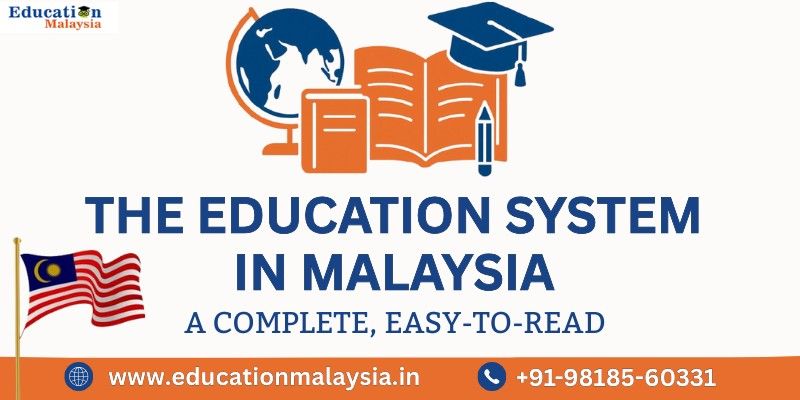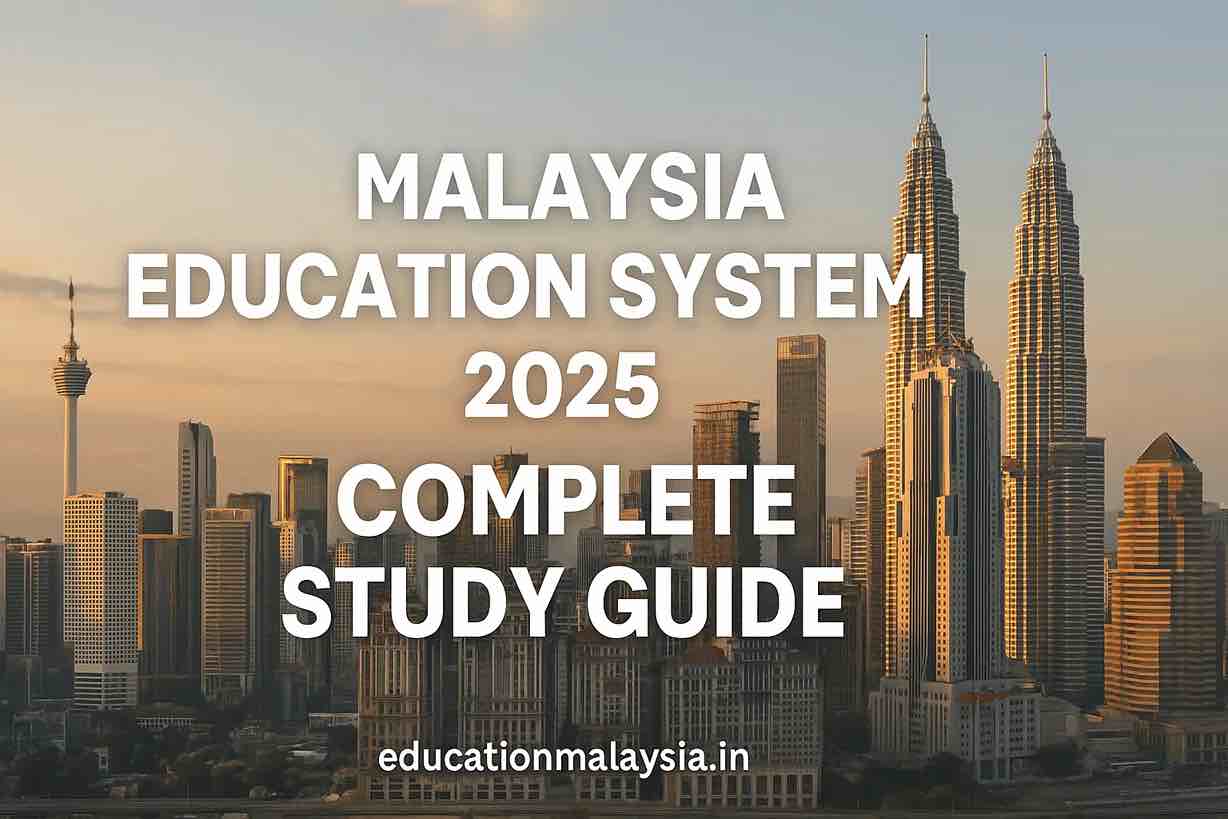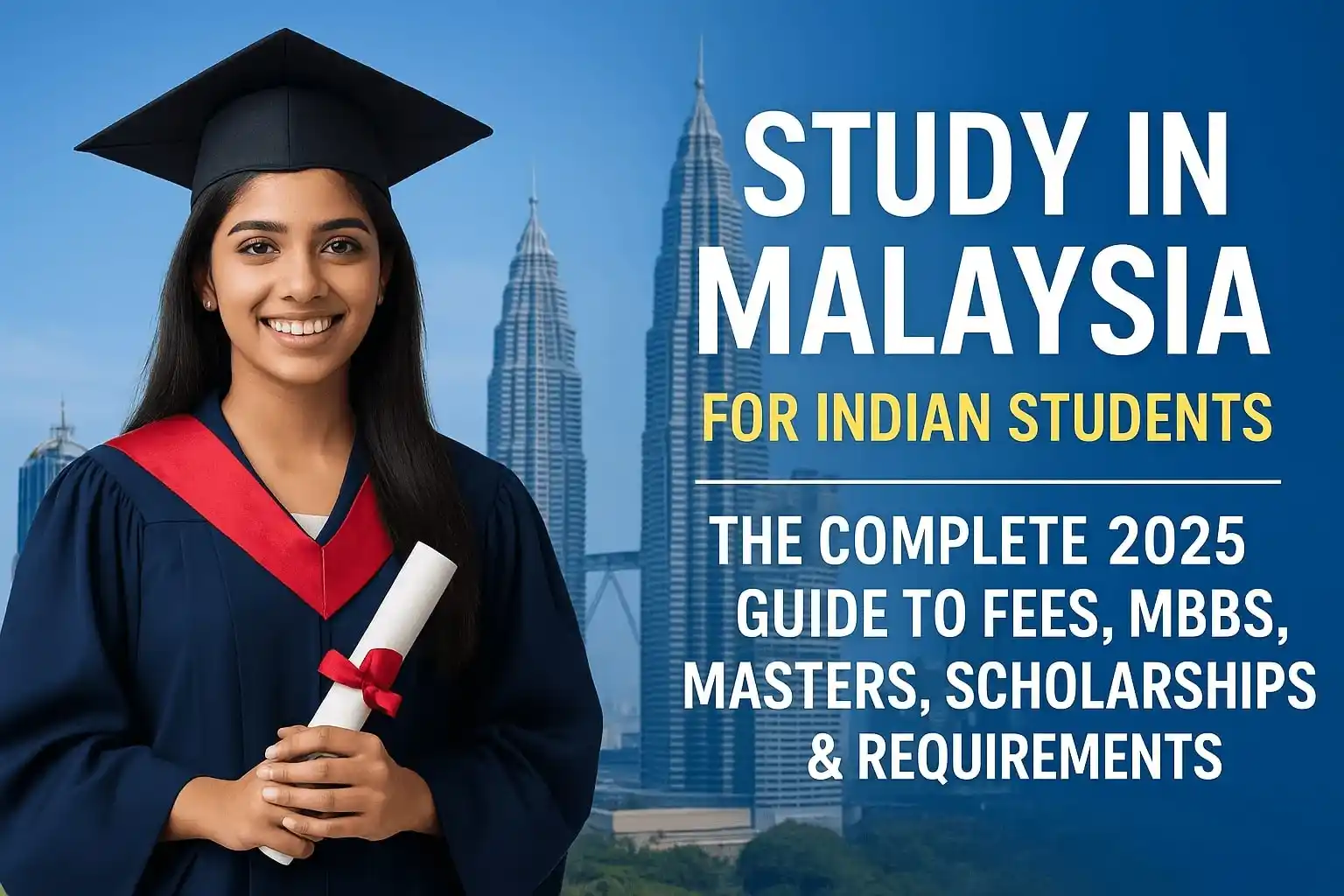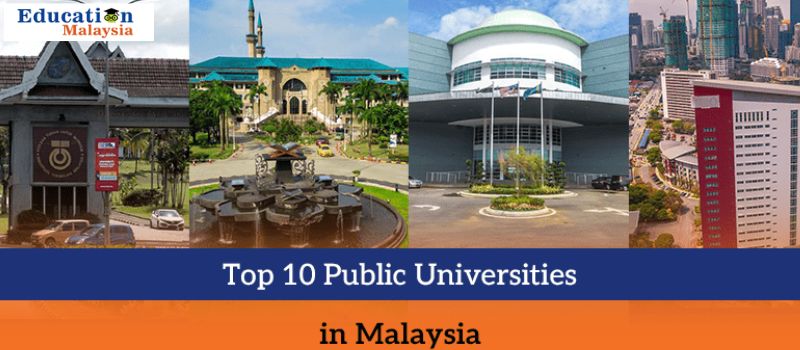- Home
- Blog
- Study Malaysia
- Education Level and System in Malaysia - A Complete, Easy-to-Read Guide
Education Level and System in Malaysia - A Complete, Easy-to-Read Guide

Table of Content
- Introduction
- A Brief History
- Education Level in Malaysia
- Types of Schools in Malaysia
- Examination & Assessment System
- Technical and Vocational Education (TVET)
- Higher Education in Malaysia
- Strengths of the Malaysian Education System
- Challenges in the Malaysian Education System
- Public Perception – Is Malaysia’s Education System Good?
- The Role of Technology in Malaysian Education
- Future Trends and Reforms
- Final Thoughts – The Road Ahead
Introduction
Education in Malaysia is more than just classrooms — it’s a powerful tool shaping the nation’s economy, culture, and unity. Overseen by the Ministry of Education (MOE) and the Ministry of Higher Education (MOHE), the system offers structured pathways from preschool to university, blending tradition with modern goals. But the question remains: Is Malaysia’s education system good? The answer lies in understanding its history, structure, strengths, and challenges.
A Brief History
Before independence in 1957, Malaysia’s schools were separated by ethnicity — Malay, Chinese, Indian, and English-medium institutions. The Razak Report of 1956 sought to unite the nation with a common curriculum in Bahasa Melayu while allowing vernacular schools to remain. Later, the Education Blueprint 2013–2025 aimed to modernize teaching, promote equality, and integrate technology. Today, these reforms are reflected in the growing quality of institutions nationwide — as seen in Malaysia’s top universities which continue to gain global recognition.
Education Level in Malaysia

Malaysia’s education system is structured like a ladder—each step leads naturally to the next.
Preschool Education (Ages 4–6)
- Managed by both public and private sectors.
- Focus on basic literacy, numeracy, and social skills.
- Not compulsory, but heavily encouraged
Primary Education (Ages 7–12)
- Six years, split into lower primary (Years 1–3) and upper primary (Years 4–6).
- Curriculum covers Malay, English, Mathematics, Science, and Moral/Islamic studies.
- Ends with the now-abolished UPSR exam (replaced by school-based assessments).
Lower Secondary Education (Ages 13–15)
- Three years (Form 1–3).
- Students sit for PT3 (Pentaksiran Tingkatan 3) assessments, which also lean toward school-based evaluations.
Upper Secondary Education (Ages 16–17)
- Students choose academic, technical, or vocational streams.
- The big exam here is SPM (Sijil Pelajaran Malaysia), equivalent to O-Levels.
Post-Secondary & Tertiary Education
- Students can take STPM, matriculation programs, A-Levels, or diploma courses before entering university.
- Universities follow the Malaysian Qualifications Framework to ensure quality and comparability with global standards.
This structured approach ensures that students have multiple entry and exit points, making the system flexible—at least in theory.
Types of Schools in Malaysia
One of the most unique things about Malaysia’s education is the variety of school types available:
- National Schools (Sekolah Kebangsaan) – Malay-medium, following the national curriculum.
- Vernacular Schools – Teach in Mandarin or Tamil, preserving cultural heritage.
- Private Schools – Offer both national and international curriculums.
- International Schools – Follow UK, US, IB, or Australian syllabi; popular among expatriates and local elites.
- Religious Schools (Sekolah Agama) – Focus on Islamic studies alongside academic subjects.
Each type has its pros and cons. National schools promote unity, vernacular schools preserve languages, international schools open global opportunities, and religious schools strengthen faith-based education. However, this diversity sometimes leads to fragmentation, with students from different backgrounds having limited interaction.
Examination & Assessment System
If there’s one thing Malaysian students know well, it’s exams.
- UPSR – Formerly the end-of-primary exam, now replaced by continuous assessments.
- PT3 – Lower secondary assessment, also moving toward a school-based format.
- SPM – The most critical exam, taken at 17; determines university and career options.
- STPM – Equivalent to A-Levels; a tough pre-university route recognized worldwide.
- Matriculation & Foundation – Shorter, faster pre-university paths.
- International Exams – IGCSE, IB, and A-Levels for students in international schools.
While exams provide benchmarks, critics argue they encourage rote learning instead of critical thinking. Recent reforms aim to change that, but old habits die hard.
Technical and Vocational Education (TVET)
If you think the only path to success in Malaysia is through university, think again. Technical and Vocational Education and Training (TVET) is a rising star in Malaysia’s education scene, designed for students who want practical, hands-on skills that lead directly to employment.
TVET institutions include polytechnics, community colleges, industrial training institutes, and private vocational schools. These programs cover areas like engineering, culinary arts, automotive technology, hospitality, and even digital marketing.
The government recognizes that Malaysia’s future workforce needs more than just theory—it needs skilled workers who can meet the demands of industries. That’s why TVET is getting a major upgrade. Initiatives include:
- Partnerships with industries for real-world training.
- Certification aligned with the Malaysian Skills Certificate (SKM) framework.
- Scholarships and incentives to attract more students.
One of the strengths of TVET is flexibility. Students who graduate from TVET can either join the workforce immediately or continue their studies in a related field at university. This makes TVET not a “lesser” choice but a parallel path to success.
Higher Education in Malaysia
Malaysia’s higher education sector is both diverse and ambitious. There are two main categories of institutions:
- Public universities – Funded by the government, offering affordable tuition fees and a broad range of courses.
- Private universities and colleges – Often affiliated with international institutions, offering globally recognized programs.
Malaysia’s higher education follows the Malaysian Qualifications Framework (MQF), which ensures consistency and global recognition. Degrees from reputable Malaysian universities are accepted worldwide, making them attractive to both locals and international students.
Popular public universities include University of Malaya (UM), Universiti Kebangsaan Malaysia (UKM), and Universiti Sains Malaysia (USM). Meanwhile, private institutions like Monash University Malaysia and Sunway University provide alternative pathways.
Malaysia’s goal is to become an international education hub, and it’s getting there. With affordable costs, English-taught programs, and a multicultural environment, it attracts students from over 150 countries.
Strengths of the Malaysian Education System
While critics focus on the flaws, it’s important to acknowledge the strengths that make Malaysia’s education system stand out:
- Accessibility – Public education is affordable, with many subsidies and free textbooks.
- Multilingual Advantage – Exposure to multiple languages gives Malaysian students a competitive edge in global communication.
- Diverse Pathways – Academic, vocational, and international routes allow students to choose what suits them best.
- Government Support – Significant investment in infrastructure, teacher training, and scholarships.
- International Recognition – Degrees from reputable Malaysian institutions are globally respected.
This combination of accessibility, diversity, and global competitiveness gives Malaysia a strong foundation to build upon.
Challenges in the Malaysian Education System
Of course, no system is perfect, and Malaysia’s education faces serious challenges that need urgent attention:
- Urban-Rural Gap – Rural schools often lack resources, qualified teachers, and digital access.
- Outdated Curriculum – Many subjects focus on memorization instead of problem-solving or creativity.
- Teacher Training – Not all educators receive consistent professional development, leading to uneven quality.
- Digital Divide – While urban schools adopt e-learning quickly, rural students struggle with limited internet access.
- Exam Pressure – High-stakes testing can cause stress and discourage holistic learning.
These issues are not unsolvable, but they require consistent political will, funding, and public-private partnerships to address.
Public Perception – Is Malaysia’s Education System Good?
Ask ten Malaysians about their education system, and you’ll get ten different answers. Surveys suggest that around 44% of Malaysians believe their education system is “good”, while others remain critical about outdated teaching methods and inequality.
Parents often appreciate the structured pathways and relatively low costs but worry about whether the curriculum prepares students for the real world. Employers sometimes complain that graduates lack soft skills like communication and adaptability.
Compared to other ASEAN countries, Malaysia scores well in access to education but lags behind in global rankings like PISA, which measures reading, science, and math performance.
In short, the system works well for some but leaves others behind—a sign that reforms must focus on quality over quantity.
The Role of Technology in Malaysian Education
Technology has become a game-changer in Malaysia’s classrooms. Before the COVID-19 pandemic, e-learning adoption was slow, especially in rural areas. But once schools closed, the country had to make a rapid shift toward online platforms like Google Classroom, Microsoft Teams, and Zoom.
Today, many schools integrate digital tools, smartboards, and educational apps into lessons. The government’s initiatives, such as the Digital Education Transformation Plan, aim to ensure every student has access to a computer or tablet by 2030.
Another exciting development is the use of Artificial Intelligence (AI) in education. AI-powered tools can track student progress, personalize learning materials, and even help teachers identify struggling students early.However, the digital divide remains a hurdle. In rural Sabah and Sarawak, some students still attend online classes via mobile phones with limited data, or even climb hills to get internet access. Bridging this gap is crucial for true education equality.
Future Trends and Reforms
Malaysia’s education system isn’t standing still—it’s evolving to meet new challenges. Current reforms and trends include:
- Curriculum Modernization – Shifting from rote memorization to critical thinking, creativity, and problem-solving skills.
- Green Education – Incorporating environmental awareness into lessons, preparing students for sustainability-focused careers.
- Global Partnerships – Collaborations with foreign universities to create joint-degree programs.
- Skill-Based Learning – More emphasis on coding, entrepreneurship, and digital literacy from an early age.
The Education Blueprint 2013–2025 is in its final phase, and the next strategic plan will likely focus on AI integration, inclusive education, and better alignment with industry needs.
Final Thoughts – The Road Ahead
Malaysia offers a fairly robust education system that’s accessible, diverse, and internationally recognized. Students can explore multiple learning pathways, from public universities to private institutions, with degrees that hold global value.
However, the system still faces challenges. Outdated teaching methods, exam-centric approaches, and stark urban-rural education disparities hinder progress. Bridging this gap requires targeted reforms, modern teaching techniques, and increased use of digital tools.
Looking ahead, Malaysia’s potential as an education hub in Asia is promising — provided it embraces innovation and adapts quickly. Trusted education consultants like Tutelage Study play a key role in guiding students through their academic journeys in Malaysia and beyond.













